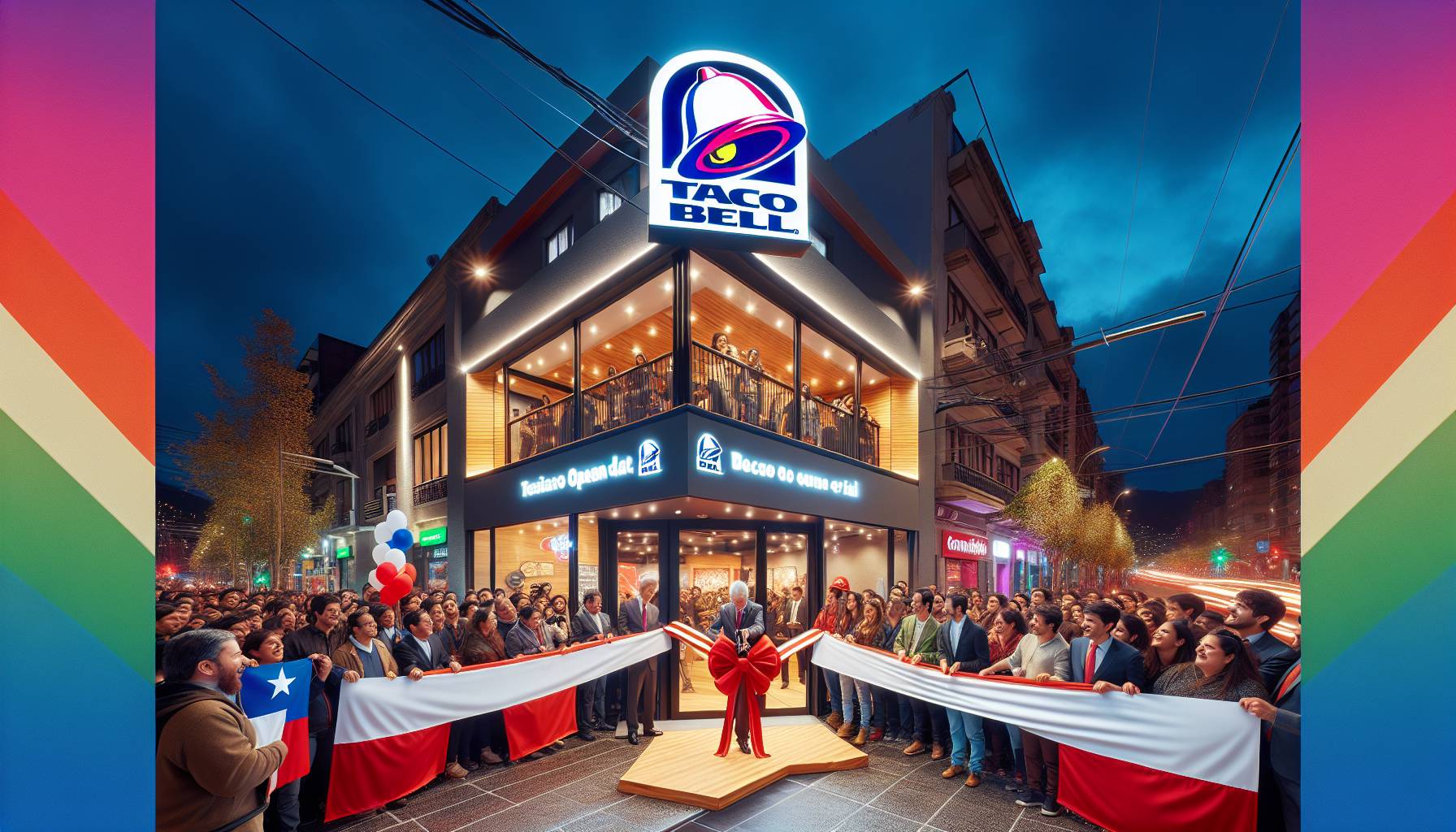
Significant bitcoin forks and their effects
Advocates of Bitcoin Cash, including notable figures like Roger Ver, contended that enlarging the block size would accommodate more transactions per block, thereby lowering fees and hastening transaction speeds.
For example, Bitcoin Cash, which separated from Bitcoin in August 2017, saw its price leap to approximately ,355 in December 2017, shortly after its launch. However, it later stabilized and traded within a range of 0 to 0 in subsequent years.
Bitcoin forks emerge for a multitude of reasons, motivated by a blend of ideological, technical, and economic factors.
Bitcoin Cash (BCH)
However, this was succeeded by forks that had truly significant repercussions, whose effects are still felt currently. This includes:
For instance, one of the key motivators for Bitcoin forks has been the necessity to tackle scalability challenges. As Bitcoin’s popularity surged, the network faced difficulties in managing an increasing volume of transactions, resulting in extended confirmation times and rising fees.
Although the early Bitcoin community was anything but unified, there was still some success in realizing Satoshi’s vision. The first fracture surfaced with the advent of Bitcoin XT in 2014, which divided the community but imparted an important lesson regarding governance.
Upon its launch, Bitcoin Cash quickly attracted attention and was embraced by multiple exchanges and merchants. It also experienced an initial spike in value, achieving a notable market capitalization.
Bitcoin SV (Satoshi Vision) surfaced on November 15, 2018, following a contentious division from Bitcoin Cash.
Bitcoin Gold initially experienced enthusiasm and was adopted by various exchanges. However, it has faced security issues, including a significant 51% attack in 2018 that led to a double spend worth ,000.
This alteration aimed to make it feasible for more individuals to mine BTG using standard GPUs, diminishing the control of large mining operations and genuinely democratizing the token.
However, this considerable block size elevation has also raised worries about centralization since operating a full node becomes more resource-demanding.
Bitcoin Cash (BCH) was launched on August 1, 2017, as a hard fork of Bitcoin. The main objective behind this fork was to remedy Bitcoin’s scalability challenges, especially the sluggish transaction times and steep fees resulting from Bitcoin’s 1MB block size restriction.
Bitcoin Gold employs the Equihash algorithm, designed to be memory-intensive and resistant to ASIC mining hardware. This divergence seeks to democratize mining, rendering it more attainable for the general populace.
The fork was fueled by disagreements within the Bitcoin Cash community, particularly about further block size expansions and developmental direction. The initiative was led by Craig Wright and Calvin Ayre, who sought to restore what they believed to be Satoshi Nakamoto’s original vision for Bitcoin.
Bitcoin Gold (BTG)
Bitcoin SV remains a contentious fork in the broader Bitcoin and cryptocurrency ecosystem. Its emphasis on large block sizes and high transaction throughput gives it a distinct position among major cryptocurrencies. Nevertheless, it still encounters persistent challenges in achieving widespread acceptance, with Coinbase ultimately discontinuing support for it in 2023.
Bitcoin SV greatly raised the block size threshold, initially to 128MB and subsequently to 2GB, facilitating a much larger transaction volume. Proponents of BSV argue that this substantial block size is essential for the network to accommodate enterprise-level applications and high transaction volumes.
In certain instances, personal motivations, such as power disputes, ideological differences, or financial motivations, have led to the formation of Bitcoin forks. If one examines the historical volatility of forks like Bitcoin SV and Bitcoin Cash, it becomes apparent that some individuals regarded them as investment opportunities.
This division in crypto came about due to the developers’ desire to expand the block size from one to eight megabytes, while others believed this was excessive. Consequently, Bitcoin Classic (now defunct), which had 2MB block sizes, was established, followed by Bitcoin Unlimited, which took a completely different approach with immense 16MB blocks.
Forks have also been initiated to implement technical enhancements or introduce new features to the Bitcoin protocol. These could entail modifications to the consensus mechanism, improvements in privacy features, or the addition of smart contract capabilities.
The reasons for bitcoin forks
Bitcoin SV (BSV)
Source: bitcoinmagazine.com
As time progressed, Bitcoin Cash has continued to develop, with ongoing enhancements and updates focused on boosting its functionality and scalability. It has maintained a loyal base of supporters who believe in its potential as a peer-to-peer electronic cash system.
Currently, Bitcoin Gold persists as a smaller contender in the cryptocurrency arena. Its focus on decentralizing mining remains its main distinguishing trait, although it has struggled to achieve the same level of adoption and market presence as Bitcoin Cash and Bitcoin SV.
Bitcoin Gold was founded on October 24, 2017, aiming to decentralize Bitcoin mining. This was accomplished by changing the mining algorithm from Bitcoin’s SHA-256 to Equihash, which is more resilient to ASIC mining.
Nonetheless, it faces competition from other cryptocurrencies aiming to provide low fees and swift transaction times. The ongoing debate surrounding scalability and transaction fees continues to shape Bitcoin Cash’s trajectory and evolution.

